Lingual differences between traditional and invisible orthodontics
Written by:Currently, in dentistry there are many orthodontic techniques to suit the needs and requirements of each patient who comes to our clinic orthodontic. Depending on the type of malocclusion, the technique that offers greater benefit and best suited to the correction of each case will be recommended.
Differences between Lingual, Traditional or invisible orthodontics
Conventional orthodontics is the best known technique. It is based on the placement of brackets, metal or aesthetic (sapphire) on the outer surface of the tooth and are subject by elastic arc to go putting teeth into their ideal position ligatures.
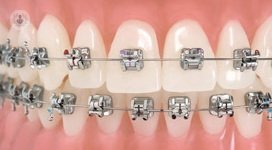
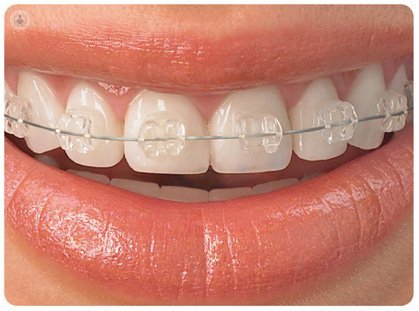
Moreover, the invisible orthodontics is a series of completely invisible and removable aligners that are controlled and balanced by exerting pressure on the teeth. These braces are made as of the mouth of each patient and change every 10-15 days, as deemed appropriate by the orthodontist.
A big advantage is that being removable allow perfect hygiene thus reducing tooth decay.
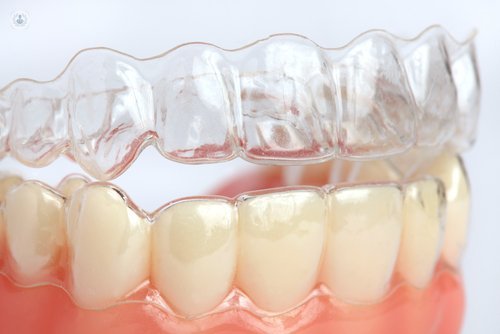
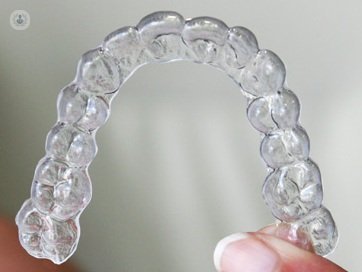
Lingual orthodontics is the most advanced technique of orthodontics. It is intended for those seeking a complete aesthetics of your mouth. It is a type in which orthodontic brackets and arch used are placed on the inside of the teeth and tailored to each patient. 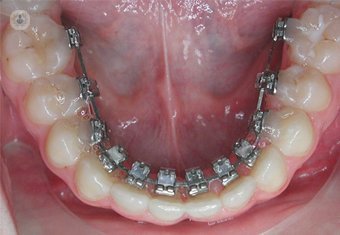
It has the advantages of:
- High aesthetic value
- effectiveness.
Although it has the drawbacks of:
- high cost
- slurred speech
- difficult hygiene
Care to maintain the orthodontic
When we started orthodontic treatment should avoid any food that is sticky, hard or difficult to chew and also can cause breakage of the bracket. These foods are: 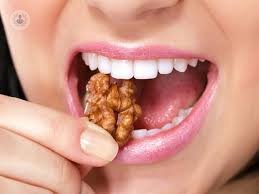
- Sticky gum and candy
- Hard Foods
- Stale bread sandwiches
- Ice cubes
- Dried fruits
We must always exercise extreme hygiene measures as using brackets run a greater risk of: 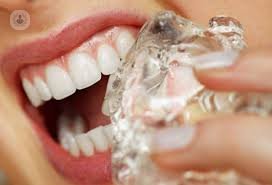
- Caries
- Periodontitis and gingival recession
- Pigmentation and dental stains
- High aesthetic
The extreme hygiene specialists recommend the following actions:
- Brushing your teeth after every meal gently, taking care not to break the brackets or wires.
- Use interproximal brushes and / or dental floss to clean the areas around appliances and between teeth.
- Brush from the gums towards the edge and the teeth.
- Perform rinses with a specific mouthwash for orthodontic carriers.
- Topical fluoride is recommended every 6 months.
Considerations of orthodontics
Before starting an orthodontic treatment should be performed prior case study and treatment planning, so changing from one technique to another is not the most desirable or advisable for dental health. There are cases where if there is little variation in treatment can value the option of change.


